The desire to build a toned and healthy body is common—but many people wonder: how often should I train to reach that goal?
There’s no one-size-fits-all answer, as it depends on factors like workout type, fitness goals, starting condition, and your body’s recovery ability.
In this article, we’ll break down how to structure an effective training schedule based on your needs.
Why Workout Frequency Matters
Striking the balance between too little and too much
Workout frequency is a crucial element of any fitness program.
Exercising too little might slow your progress, while overtraining can lead to fatigue or injury.
The key is finding the right balance that allows your body to improve without overwhelming it.
Factors That Influence Workout Frequency
Before deciding how many days per week to train, consider these variables:
Personal goals
Are you trying to lose fat, build muscle, or boost endurance? Your goal affects how often you should train.
Fitness level
Beginners may need more rest days than advanced athletes to allow proper recovery.
Type of workout
High-intensity workouts require longer recovery periods compared to low-impact sessions.
Recovery capacity
Age, sleep quality, nutrition, and stress all influence how quickly your body can recover.
How Many Times Should You Work Out Per Week?
For most people, training 3 to 5 times per week is a great starting point.
It provides enough physical activity without putting excessive strain on the body. Here’s a basic guide:
For Beginners
Start with 3 sessions per week, alternating workout and rest days.
This helps your body adapt to physical activity and lowers the risk of injury.
For Intermediate Levels
If you have some experience, aim for 4–5 workouts per week, mixing different training styles to engage various muscle groups and improve endurance.
For Advanced Athletes
Those with advanced training backgrounds can work out 5–6 days per week, but it’s essential to listen to your body and include active rest or full recovery days as needed.
How to Structure Your Workout Week
To maximize results, vary your training across the week.
Here’s an example of a well-rounded weekly schedule:
- Monday: Strength training (e.g. weightlifting)
- Tuesday: Cardio (e.g. running, cycling)
- Wednesday: Rest or light activity (e.g. yoga, stretching)
- Thursday: Strength training
- Friday: Cardio
- Saturday: Circuit training or HIIT
- Sunday: Full rest
Find Your Own Rhythm
There’s no universal rule for how often you should work out to look and feel your best.
The key is to listen to your body, mix up your workouts, and adjust the frequency based on your goals and lifestyle.
Remember: consistency and workout quality matter more than quantity.
Start with a routine that fits your schedule and progress from there as your fitness level improves.




